A Land of Plenty
The African continent is a behemoth of people, resources and potential. The area of the combined 58 countries and regions is 1.8 times larger than Russia; 3 times larger than the European Union; and 84 times larger than Germany. The 1.3 billion people living in Africa (16% of the worlds’ population) have available to them a combined power generating capacity of ~230 GW. This equates to about 1,500 kWh per person per year in energy consumption.
A Billion More People
Over the next 30 years there will be another 1 billion new people born on the African continent. Africa will be the youngest and most dynamic region on earth. With global “peak child” happening in 2014 (a demonstrable fact) the number of children coming to the planet has plateaued and will remain that way for the foreseeable future as societies improve their living standards and reduce the size of families. This is also so in Africa, yet the population will grow no matter what. Furthermore, the African continent will hold more than 3 billion people by 2100.
And energy will be the prime enabler to provide those billions with a decent quality of life.
Improving Lifestyle means Increasing Energy Consumption
South Africa has the highest energy consumption per person, at 4,100 kWh per year. Yet this is still below the 5,500 kWh average across Europe. Further across the continent it is clear that some countries lack basic energy infrastructure to bring energy to their people.
Let’s assume that by 2050 the present average of 1,500 kWh per person per year increases to 3,000 kWh*. Thus the total energy generation capacity becomes almost 800 GW. Thus 570 GW of new power generating capacity is required to be built from now to 2050.
*This means a 50 MW ‘burner’ will produce the energy needed for about 150,000 people.
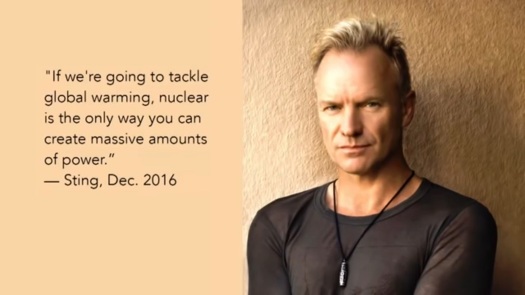
Avoiding the Renewables Trap
The Africa Renewable Energy Initiative planned to install 10 GW of wind and solar by 2020 (achieved) and 300 GW of wind and solar by 2030. But they are forgetting Germany’s failed 20 year experiment in wind and solar. In Germany, CO2 levels are unchanged and electricity prices have doubled. Now Germany is planning to restart coal fired power stations. The reason is simple. When considering all factors, wind and solar are simply not viable. This is best illustrated by the Energy Return on Investment ratio, or EROI. This bar chart is developed from the Berlin Institute for Solid-State Nuclear Physics (Institut für Festkörper-Kernphysik) and available on the Australian government’s nuclear scientist’s website. The Energy Return on Investment Ratio is a macro level indicator of the overall usefulness of the energy derived from any particular form. How many units of energy can be recovered for each unit of energy expended. The EROI of wind and solar (3.9 and 1.6 respectively) fails miserably when compared to coal (30), gas (28) and existing solid-fuel nuclear fission (75). But our focus is the literal purple elephant in the room – Molten Salt Fission Technology. It’s EROI is 2000 to 1! With such a significant obvious benefit, over all other forms of energy production, it is only a matter of time before the genie is out of the bottle.
Thus as the reality of low value return on wind and solar is realised, Molten Salt Technology (and other small modular reactors using traditional solid fuels) will gain traction to fill the growing requirements of Africa’s energy needs.
A New Paradigm of Industrial Growth
One can imagine a fleet of up to 5,000 small modular Molten Salt Fission machines each with a capacity of 100 MW installed strategically across Africa. Creating a decentralised, distributed power generation system. Some sites will be larger or smaller than others, driven by domestic electricity demands. With the power facilities having a fuelled lifespan exceeding 30 years, it is quite easy to see energy as no longer an issue across the African continent.

But it goes further. Whilst reliable 24/7 power from Molten Salt Fission machines provides ample energy for domestic needs, the technology supports industrial growth and development. 1 GW and larger power installations are able to drive industries reliant on both heat and power. Facilities of this size could lead to industrial parks such as the one here envisaged by government energy and industrial development planners in Turkey.
A Positive Future

The people of Africa have a bright future ahead for them. With technologies tried and true from western spheres, the people of Africa can select and choose the most appropriate and most suitable means to improve their quality of life. For themselves and for their children. Molten Salt Fission energy technology is a strong contender for the energy mix of Africa.

Authored by Jeremiah Josey
Founder and CEO
The Thorium Network
Links and References
- African power generation https://www.statista.com/statistics/1229517/installed-renewables-and-fossil-fuels-generation-capacity-in-africa-by-energy-source/
- Energy Consumption across Africa https://www.indexmundi.com/facts/indicators/eg.use.elec.kh.pc/map/africa
- Hans Rosling, 2015, Why the world population won’t exceed 11 billion https://www.youtube.com/watch?v=2LyzBoHo5EI
- IEA Africa Energy Outlook 2019 https://www.iea.org/reports/africa-energy-outlook-2019
- African Renewable Energy Initiative https://media.un.org/en/asset/k1q/k1qnk48vzo
- https://stopthesethings.com/2021/04/25/big-backpedal-a-week-after-shutting-its-coal-fired-plants-germany-forced-to-reopen-them/
- Australian government nuclear science organisation https://www.ansto.gov.au/our-science/nuclear-fuel-cycle/advanced-nuclear-reactors/evolution-of-molten-salt-reactors
- https://figes.com.tr/


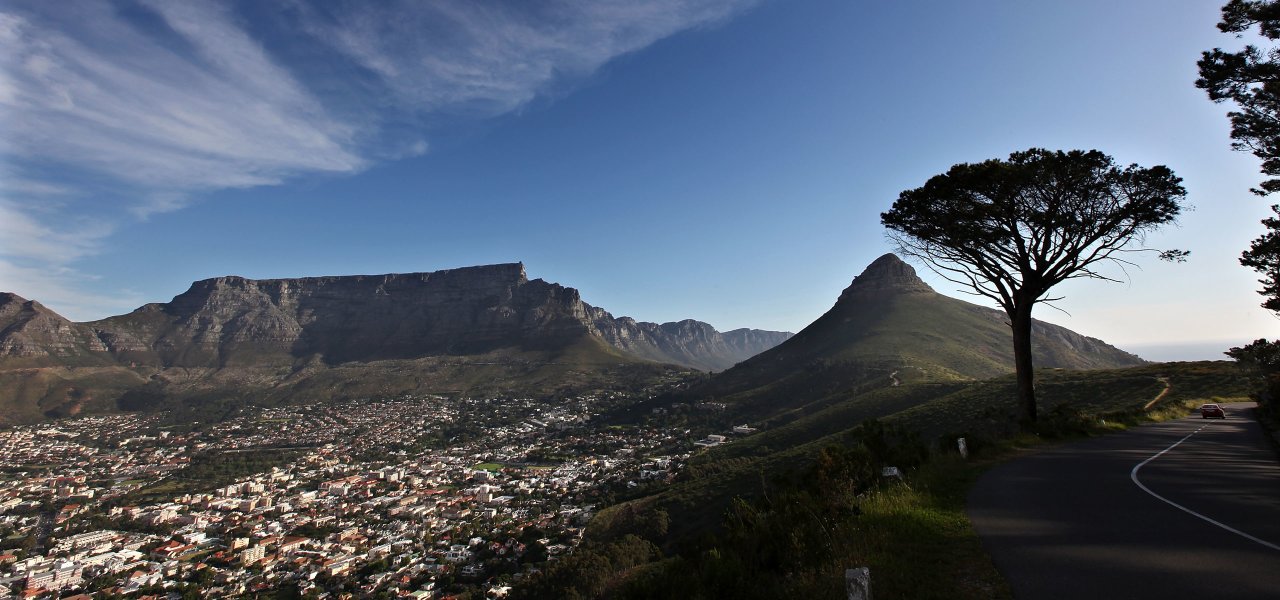

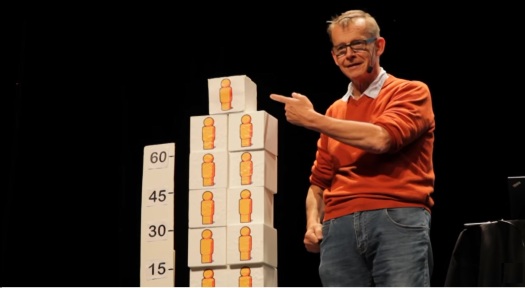

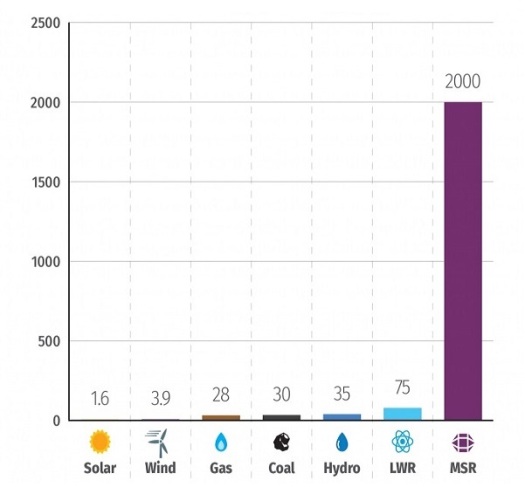
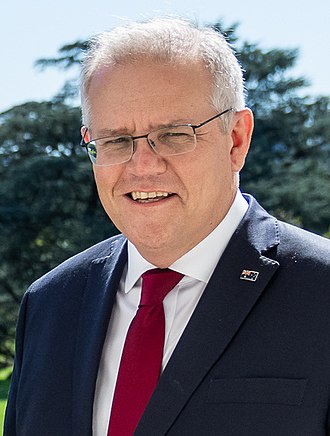


You must be logged in to post a comment.